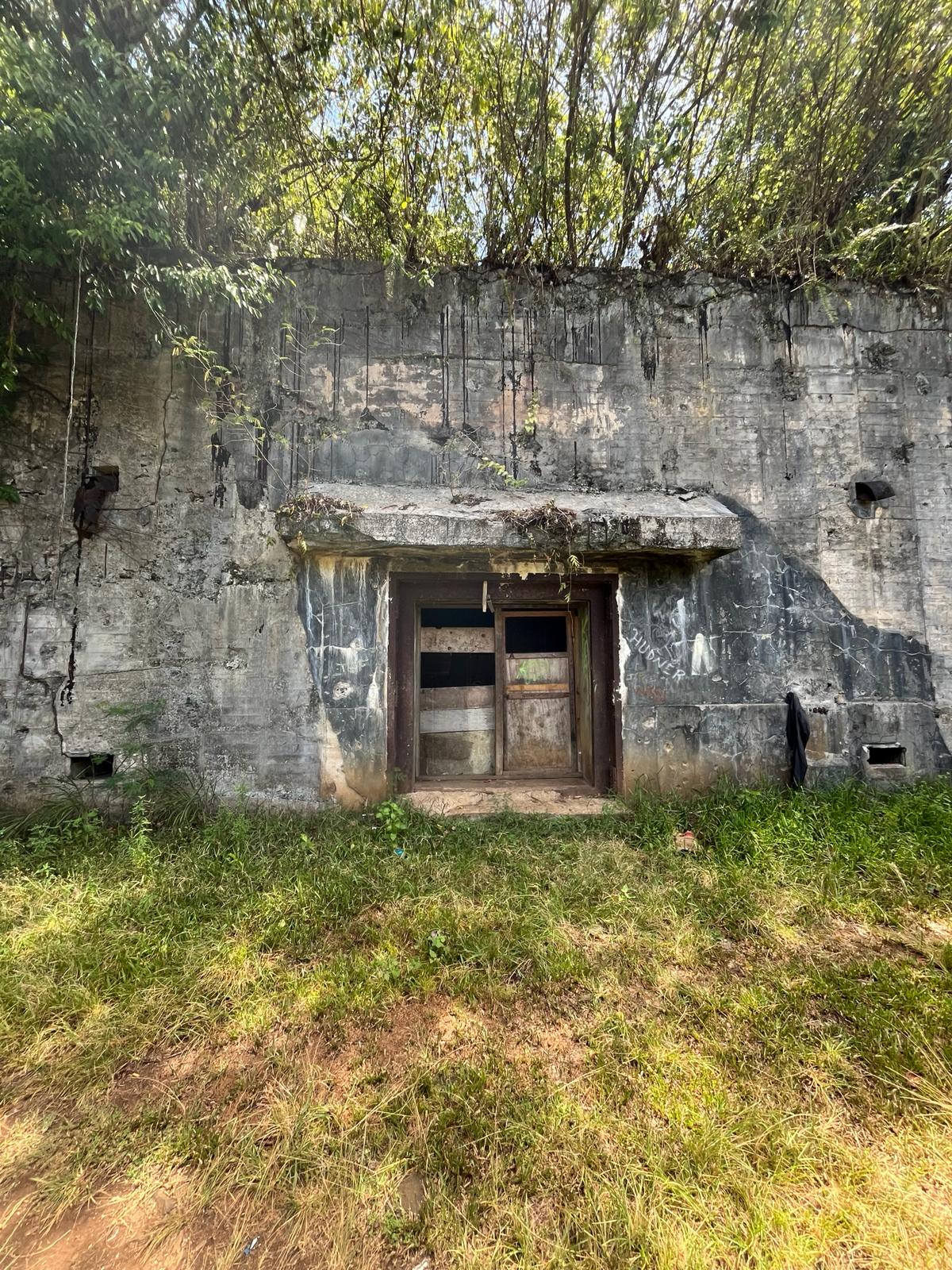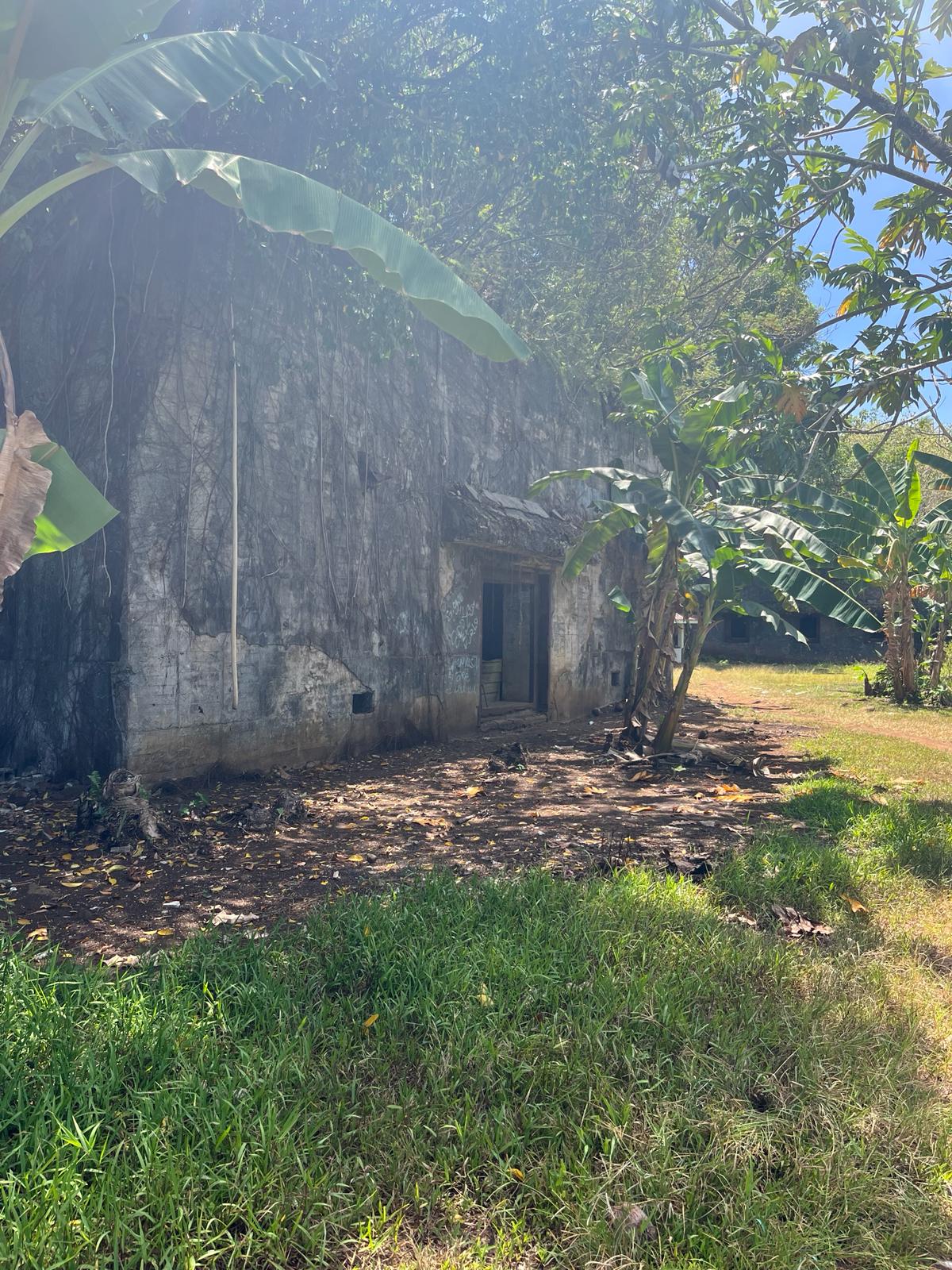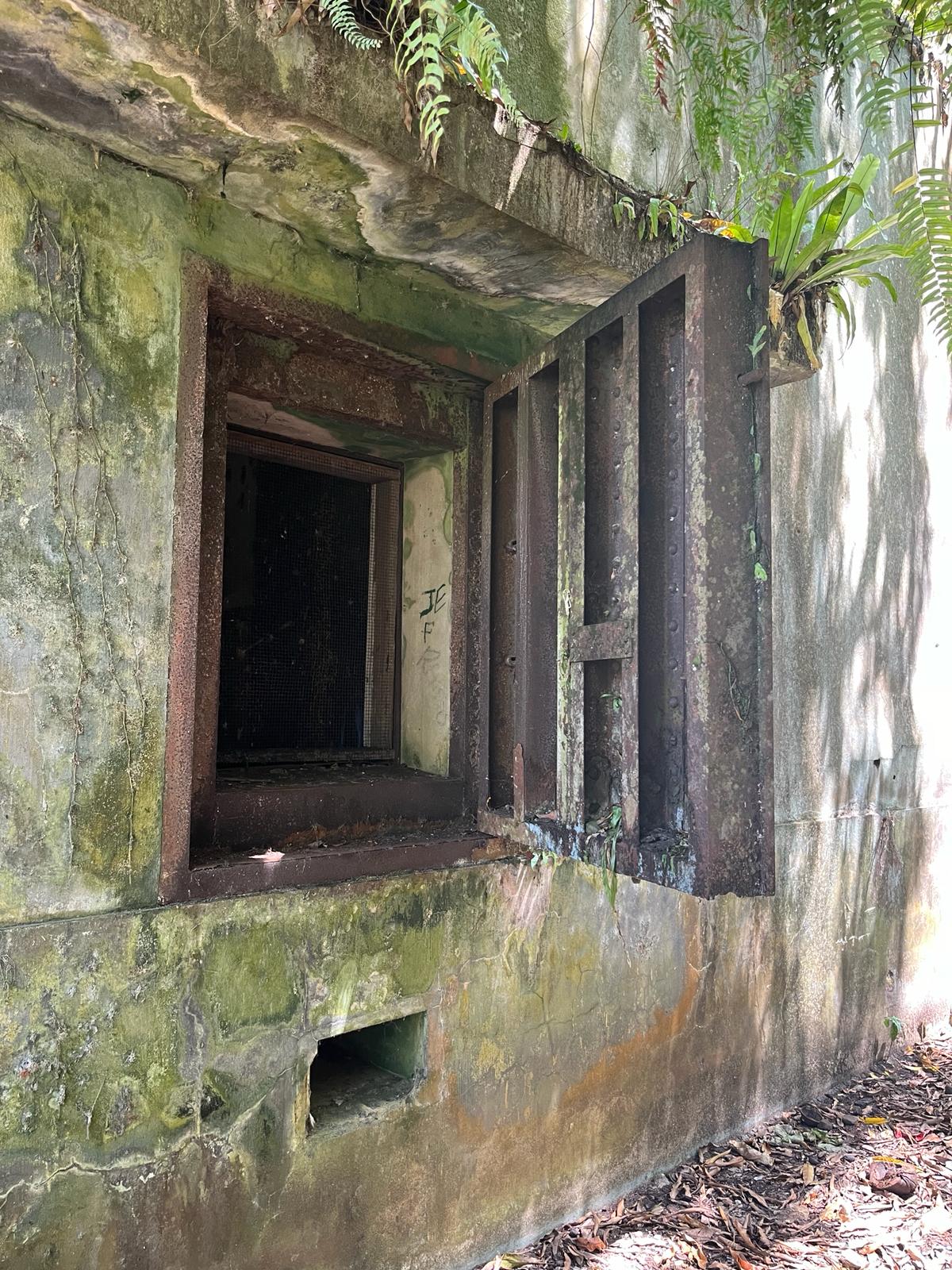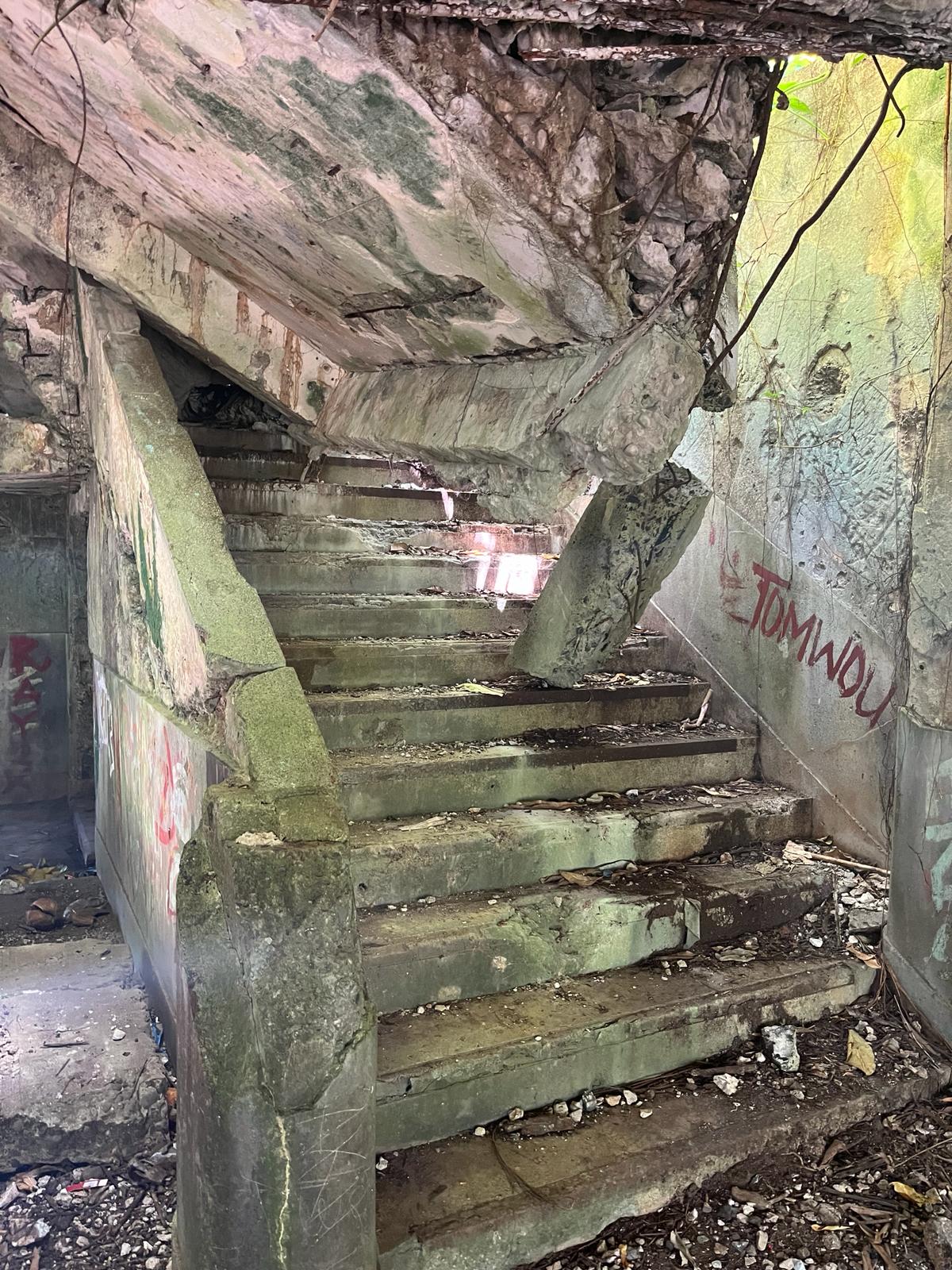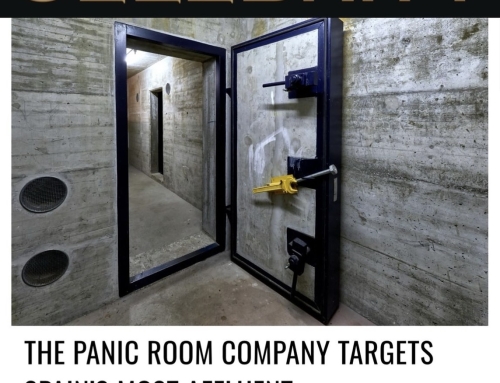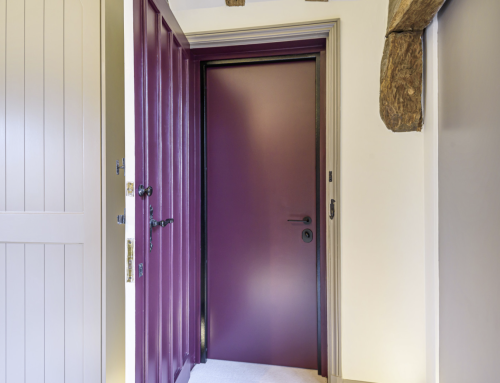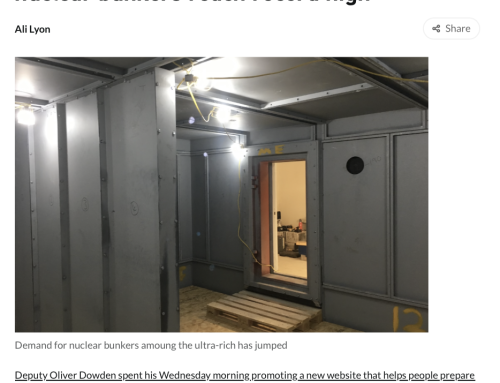Whilst on a scuba diving holiday in Chuuk Lagoon, Pacific, our managing director got a tour of Eten Island which was previously a Japanese airbase during World War II. During World War II the Japanese occupied Micronesia and established a base at Chuuk Lagoon. During Operation Hailstorm in February 1944, the US attacked Chuuk Lagoon, killing over 4,000 Japanese Navy and Army personnel, sinking over 60 ships, and destroying hundreds of Japanese aircraft.
Whilst on Eten Island, Paul Weldon, managing director of The Panic Room, had a tour around the island and visited an old bomb shelter on the island with evidence of the impact of the attack by the US.
Paul Weldon noted: “It was really interesting to see a historical bomb shelter that had seen the impact of the US attack on Eten Island. Inside the bomb shelter, we could see similar connections to modern bomb shelters, such as concrete walls and blast doors.” He continues: “Although this bomb shelter did get impacted by the attack of US forces the bunker still stands today which shows the importance of bomb shelters in war scenarios.”
With the recent news regarding the war in Ukraine and attacks on Gaza, people are turning to bomb and nuclear shelters to protect themselves in the event of widespread warfare.
Paul Weldon comments: “It is important to reflect on history and understand the importance of bomb shelters in previous wars. In the UK we do lack up-to-date public bomb shelters and places for UK citizens to seek refuge in the event of a widespread war or nuclear threats. Therefore, it is important to upgrade the security of your home so that it can withstand a potential attack.”



